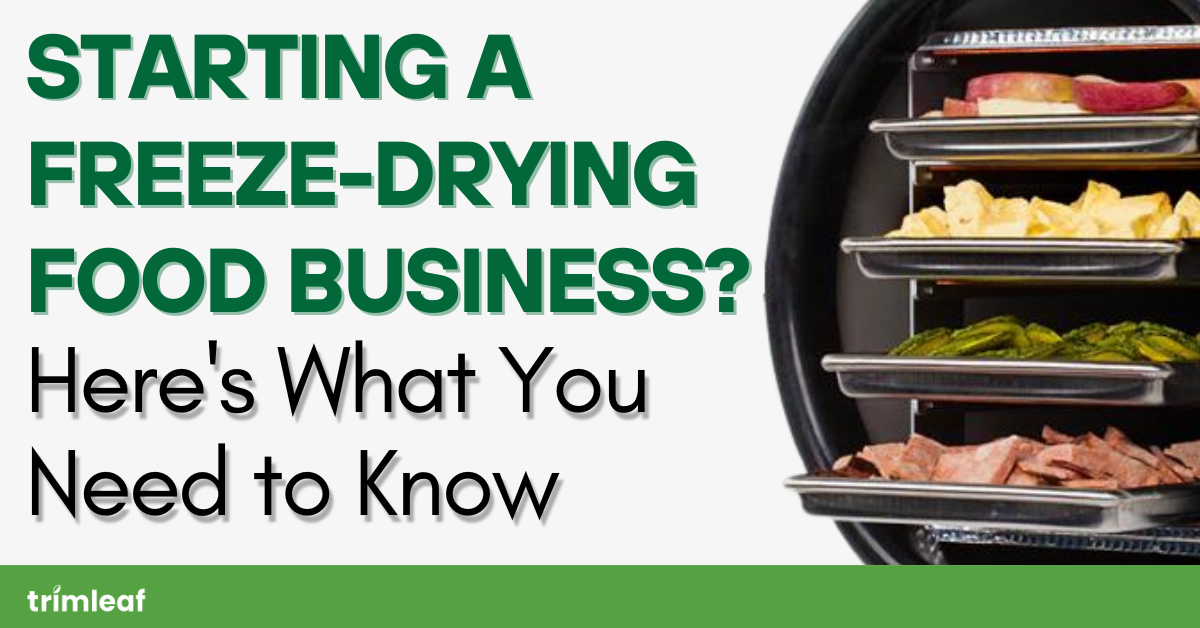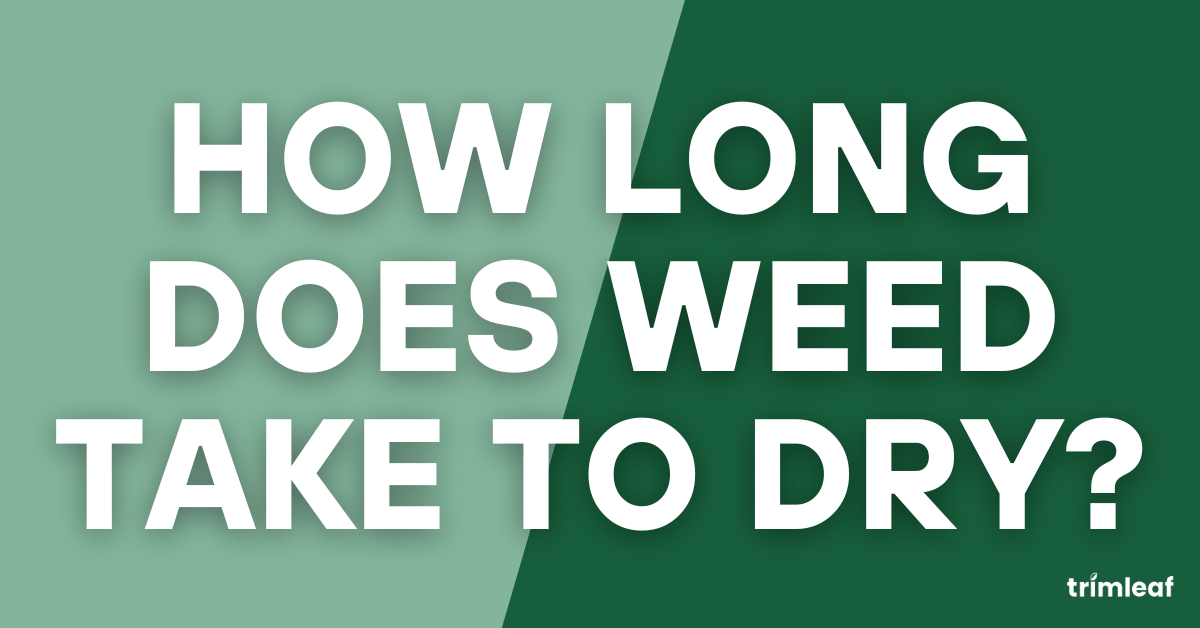
It seems just like yesterday when harvest season wass in full effect. Now the dust has settled, the harvest is over, and you’ve processed all your strains.
If you are a novice grower, how was it?
What were the challenges you experienced?
If you are not satisfied with your harvest, don’t be discouraged.
The seasoned growers went through a lot of failures to get where they are now.
But with perseverance, you can produce quality buds.
Since you have learned the ins and outs of growing cannabis, it’s time to plan the next harvest.
So how do we prepare for the next harvest?
Forecasting Your Next Harvest Date
Look at your projected harvest date so you can lay down the things you need to do starting today.
As early as ten months before, you must be preparing for your next harvest.
At this point, you should have planned out what cultivation method do intend to use.
Are you sticking to outdoor growing? Should you try hydroponics?
Whether you continue outdoor growing or decide something else, the cultivation method you choose sets the approach you take for your harvest.
Note that some of the assets or consumables you acquired may not be compatible with other cultivation methods.
Dealing With Different Strains at the Same Time
Should you try different strains next season?
While it would be good to try, remember that this comes with potential bottlenecks and other issues when your strains mature at the same time.
Different strains have respective growth times. And the harvest season is not fixed on a single day or week.
If you intend to do several strains, you should factor a staggered schedule in your projected harvest schedule.
Space them out well, so that you are not overwhelmed by the workload you need to handle during harvest.
But don’t space them out too far. You might lose your patience and miss out on the potency when you harvest too soon.
For your reference, seed packets state a duration of how long they take to grow. While these are not accurate, it serves as an estimate for your reference.
Equipment Maintenance
If you can afford it, take your machines for maintenance, so you can check for any damages, or needed replacements.
Lubricate parts that need to be lubricated, and give your machines a thorough cleaning, aligned with the requirements by the manufacturers.
Having regular maintenance reduces any issues that may arise when you are at the peak of your operations.
Should You Scale Up?
Asking yourself if you should scale up is a good question.
It is something you need to think of even before you start those seedlings.
Scaling up is a large investment that you need to study well.
It’s not about planting more seeds and getting bigger and better equipment.
Remember that scaling-up also comes with the need to master the equipment and have the right number of people on-board to operate new machines.
Also, that would entail your personnel to master the use of these machines.
So, if you plan to scale-up, keep in mind the need to be able to master new equipment for a smooth workflow. That means also being capable of doing troubleshooting, as well as training enough personnel to learn the ins and outs of these new gear.
If the cost of investing in scaling-up may seem a bit steep but are determined to do it, you can research the different financing programs available in your area.
Scaling up also means being confident with your growing and even marketing capabilities.
Are your skills at a competent level to handle larger harvests?
Will you be able to dispose of your products to the dispensaries, and how fast will it take?
Your confidence in growing and selling your product determines if you can take on the task of
Recycling the Soil
If you go for soil as a growing medium for the next harvest, you will need to have it tested for the available nutrients.
Especially after using it for your previous harvest, the nutrients in the soil begin to degrade over time.
You can take your soil for testing, so you can check what nutrients you need to add to make it usable for growing again.
Don’t forget to loosen the soil and clear it of any leftover roots and other debris that might have got caught.
Conclusion
The end of the harvest cycle is an excellent opportunity for growers, whether novices or experts, to look back and check the good, the bad, and the ugly during the last harvest.
Identify what went wrong, what were your strong points, and what can you still improve.
It is only by looking back and accepting mistakes made that growers progress to become experts in cultivating cannabis.




